I was recently introduced to this film in the shape of a couple of outdated rolls kindly enclosed with an order for Rollei Infrared 400 from Nzphotochem. Nzphotochem is a trader on the local online, e-bay-type auction site here in New Zealand (www.trademe.co.nz) and is an invaluable source of many less common analogue consumables.
Rollei Superpan 200 is a medium speed, monochrome film with panchromatic response and extended sensitivity into the near infrared, up to around 800 nanometers. It is also suitable for reversal processing.
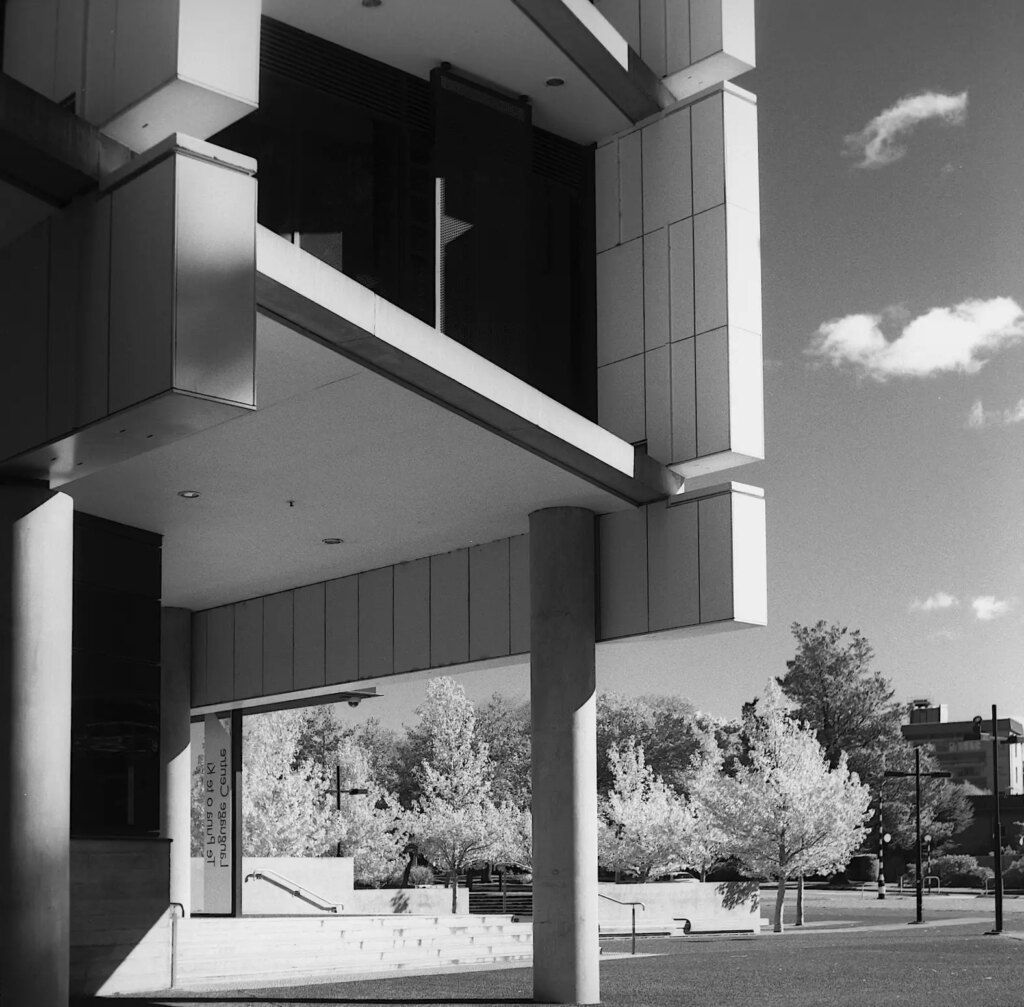
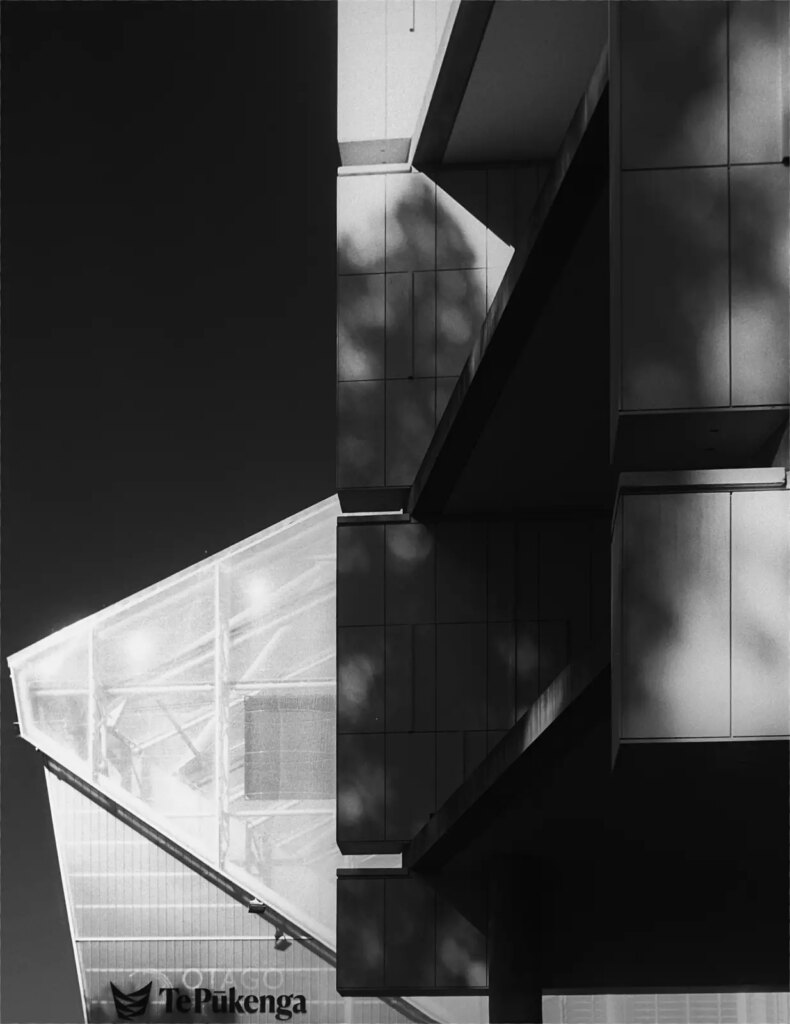
The film
To judge by various comments I have read, the film seems to belong to a family of less standard emulsions under a range of brand names and which appear to originate with Agfa-Geveart in Belgium, based on an aerial surveillance product. Whatever its origins, it responds well to a variety of developers and processes, with the added advantages of extended sensitivity into the near infrared, fine grain and detail rendering. This gives it a character of its own, rather like Rollei’s Infrared film, possibly from the same roots. Blue skies are darker in tone without filters and foliage a little darker whilst skin tones will be lighter compared to ‘normal’ range pan films. Contrast out of the box seems higher too and grain is tight and even, images displaying great acuity and super smooth tones, especially in 120.
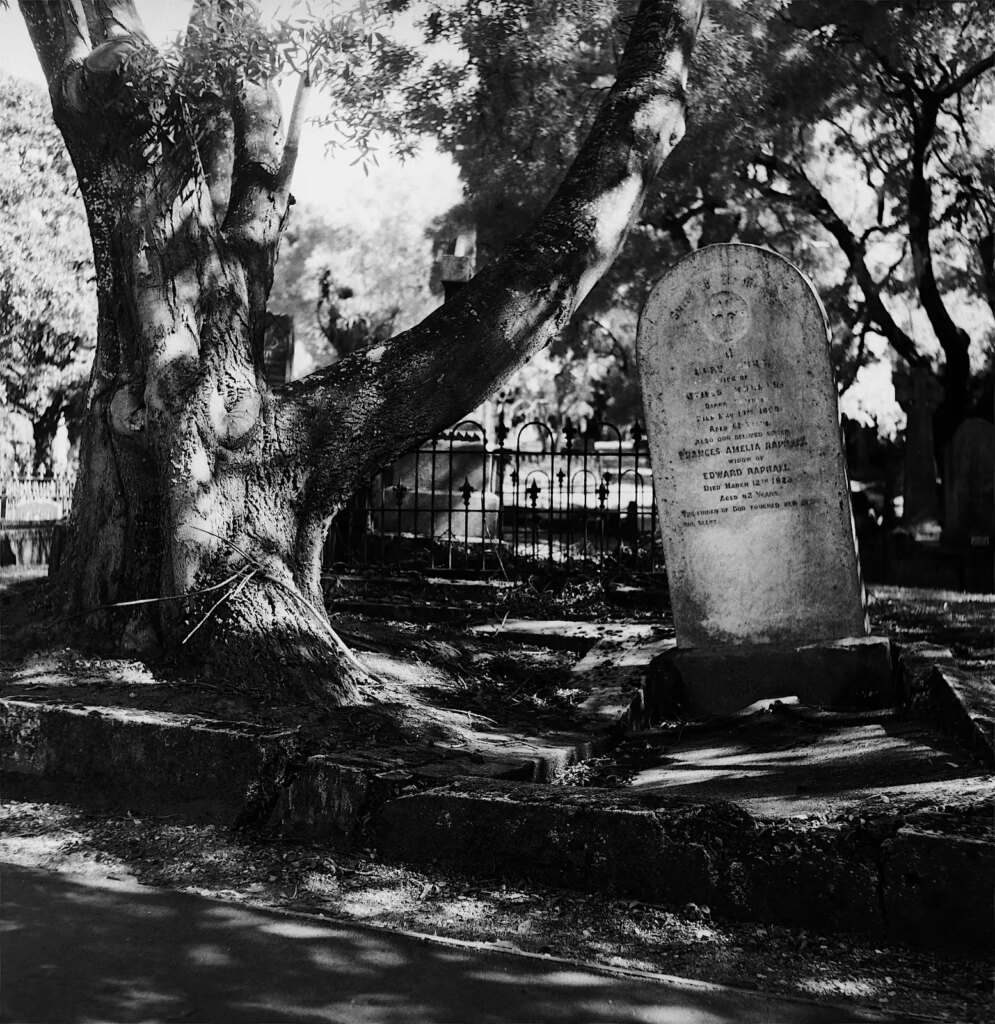
In physical terms, the film is coated on a polyester base which in 35mm is quite springy but not too curly in the roll film version. The 35mm I had seemed worse but may have been aggravated by being outdated and in the cassette longer than usual. The polyester base also means that the film is very tear proof. I noted this with Rollei Infrared also and I recommend having a pair of scissors handy when loading 35mm into a developing tank. My usual method of tearing the film across the cassette lips just doesn’t work. No problem with roll film of course being attached to the backing with the usual tape. Worth noting though, licking the sealing strip on removing the exposed roll as usual has no effect, the paper tape is self adhesive with a protective layer that has to be peeled off.
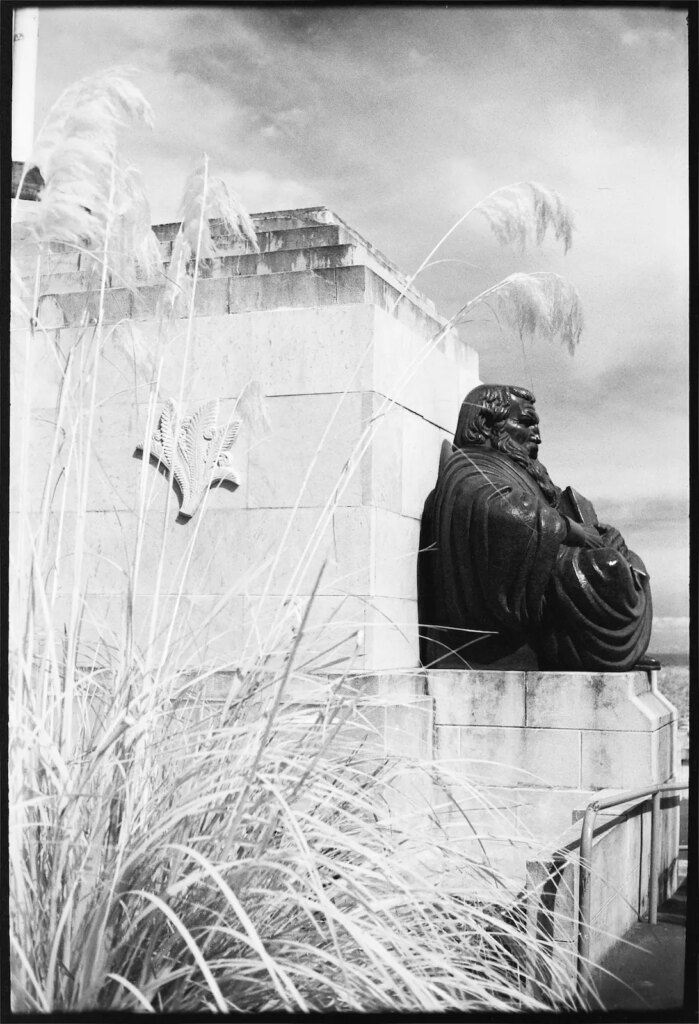
Results
The outdated 35mm and 120 films produced some interesting results so I bought a fresh 120 roll which I ran through my Flexaret. This was processed in Rodinal. Using a dilution of 1:50 and 17 minutes gives the best tonal range and grain but there is quite a range of options. For the earlier films I had used 1:25 dilution and 9 minutes which had produced slightly more pronounced grain.
Comparing it with Rollei Infrared 400, there doesn’t seem to be a huge difference generally. Possibly, Infrared 400 produces the strongest IR effect whilst Superpan 200 gives a little more contrast in visible light.
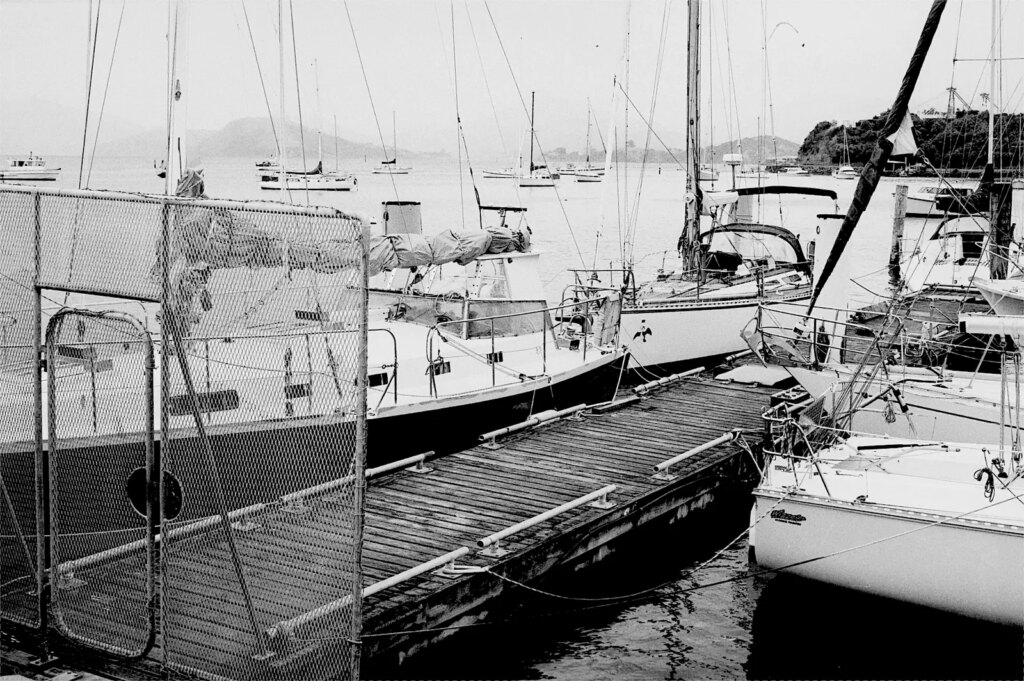
35mm
The 35mm film is quite tight grained and impressively sharp. The example at the marina shows really fine detail in the mesh gate despite being taken in quite dull, low contrast conditions. Tone range is perhaps a little limited but with a definite presence.
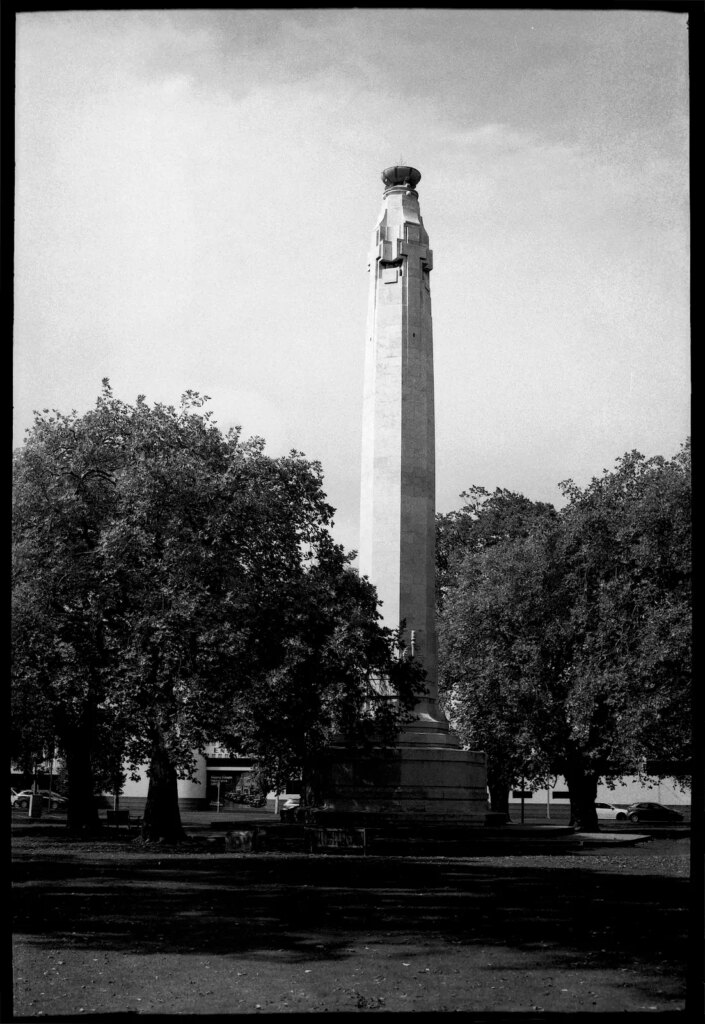
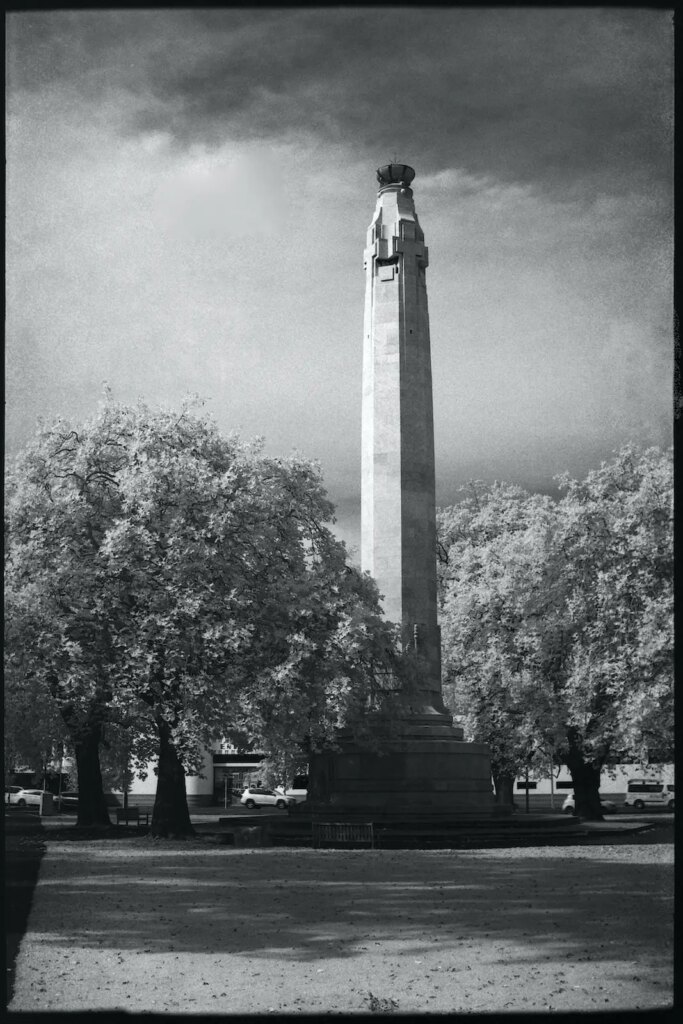
Without a filter, the sky is not blown out and retains some detail. When used with the IR 720 filter, it has an almost painterly quality, tones are really enhanced, the IR foliage helping the overall effect.
120
The 120 film on the other hand has more smoothness tonally and captures an incredible amount of detail. This is not surprising I would imagine being based on a surveillance film.
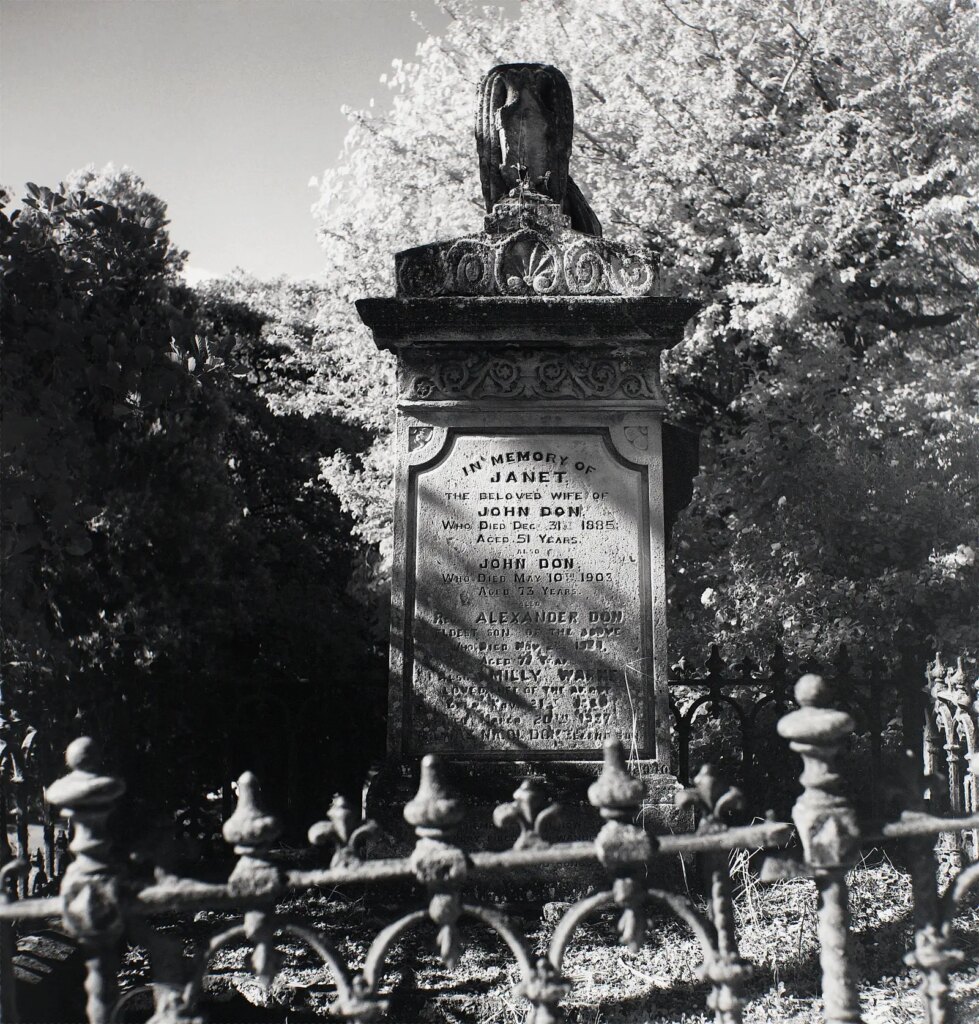

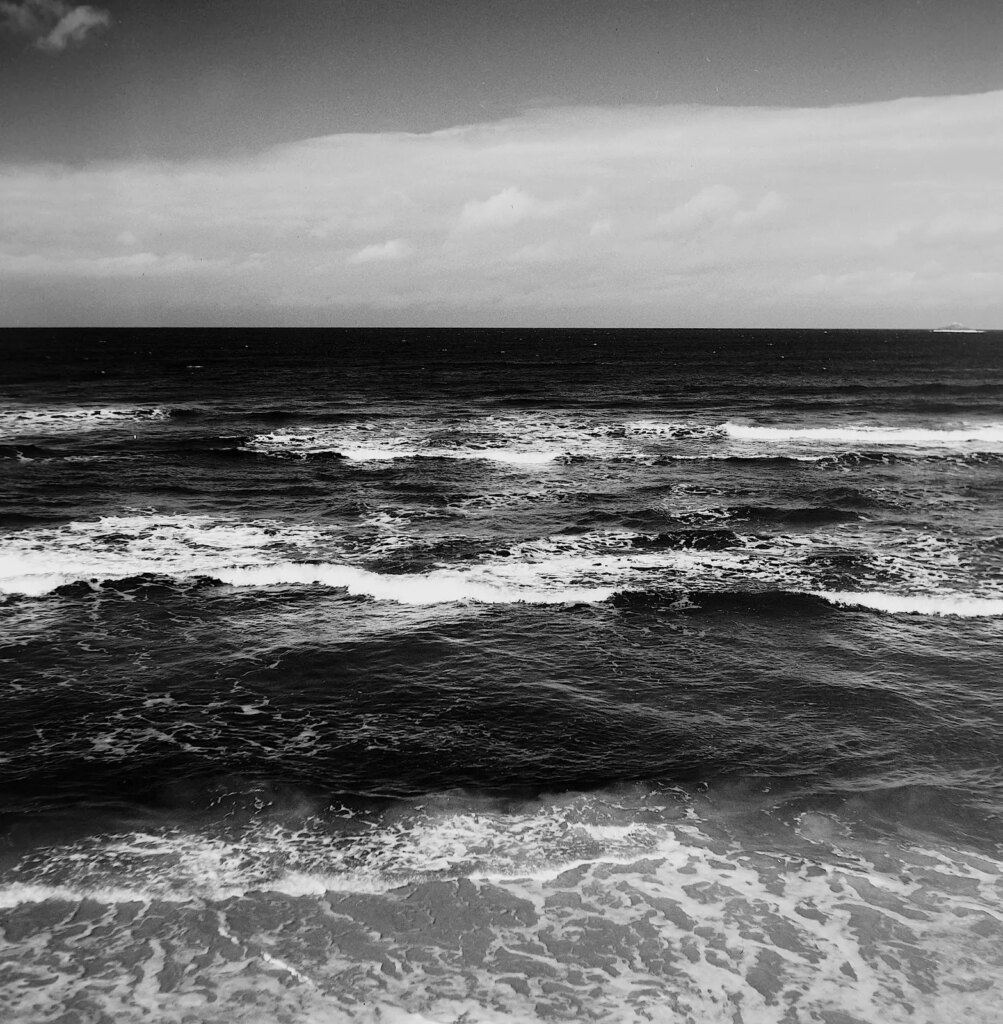
With an IR filter, results are similar to 35mm with a very realistic rendering, probably very impressive when projected as a transparency, but I haven’t tried that aspect of the film.
Final thoughts
There is an almost bewildering choice of monochrome and colour film types available nowadays from the likes of Lomography, certainly far more than were available back in the day. The important thing for me, though, is how a film translates my ideas. To do this it is essential to be familiar with your materials and, whilst I have my FP4+ standby always at the ready, Rollei Superpan 200 and Rollei’s Infrared 400 will have a place in my fridge for monochrome images.
All images taken with the Meopta Flearet IV and Retina IIc shown.
Share this post:









Comments
Paul Quellin on Rollei Superpan 200 Film Mini-Review
Comment posted: 19/06/2023
Comment posted: 19/06/2023
Comment posted: 19/06/2023
Ed on Rollei Superpan 200 Film Mini-Review
Comment posted: 19/06/2023
Comment posted: 19/06/2023
Dave Powell on Rollei Superpan 200 Film Mini-Review
Comment posted: 19/06/2023
It's great that Superpan captures both normal and infrared images... depending on whether an IR cut filter is used. This, in fact, makes the film a bit MORE flexible than an IR-converted digital camera!
Cheers,
Dave
P.S. I've been long interested in getting a Flexaret... and you've convinced me. Birthday coming!
Comment posted: 19/06/2023
Sroyon on Rollei Superpan 200 Film Mini-Review
Comment posted: 19/06/2023
Your observation that Rollei Infrared 400 produces a stronger IR effect makes sense; in my article about spectral sensitivity (see the section on "extended red-sensitivity") I compared the sensitivity curves and Rollei Infrared 400 extends further into infrared.
Out of interest (and apologies if it's there in the article, I may have missed it), how many stops compensation did you allow for the 720nm filter? And are the negatives with and without filter (for instance in the cenotaph comparison) of similar density, or would you use more or less compensation next time?
Comment posted: 19/06/2023